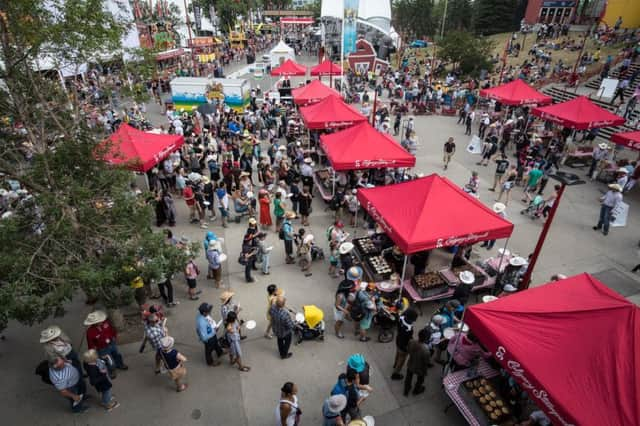Promotion of quality and provenance to the fore


The actual rodeo events – which are truly breath taking – are held in Stampede Park on the outskirts of the city. But, in reality, the biggest proportion of the actual venue is given over to a dedicated exhibition of Canadian farming and food.
It has, obviously, dawned on our Canadian friends that every effort must be taken to promote the quality and provenance of the foods produced within their own country. The Stampede is attended by thousands of people from all over Canada. On Sunday afternoon past, there was standing room only at almost all of the farming-related exhibits I called in at.
Advertisement
Hide AdAdvertisement
Hide AdAs I spoke to representatives of Alberta Milk, it dawned on me that Canadian dairy farmers are a pretty happy bunch at the present time. They are receiving a price of around 48 pence per litre equivalent for their milk. Moreover, producers have the assurance that future prices will be insulated against the vagaries of world dairy markets.
The Canadian milk quota system acts to deliver a farmgate price that takes account of production costs and the scale of the investment required to purchase quota in the first place. As a result, Canadian dairy farmers do not have to worry about the volatility that can impact on international markets: their sole concern is to produce milk as efficiently as possible.
Surely there are elements of this support scheme, for that’s what it is, which could be implemented by the UK government in a post-Brexit scenario. In the first instance, a quota threshold could be set which would reflect the UK’s total requirement for milk and dairy products. And if such a measure was put in place, along with relevant import tariffs, then local dairy farmers would have an opportunity to develop their businesses in ways that allow them to have a degree of security for the future. And it wouldn’t require a 48 pence milk price to make it happen!